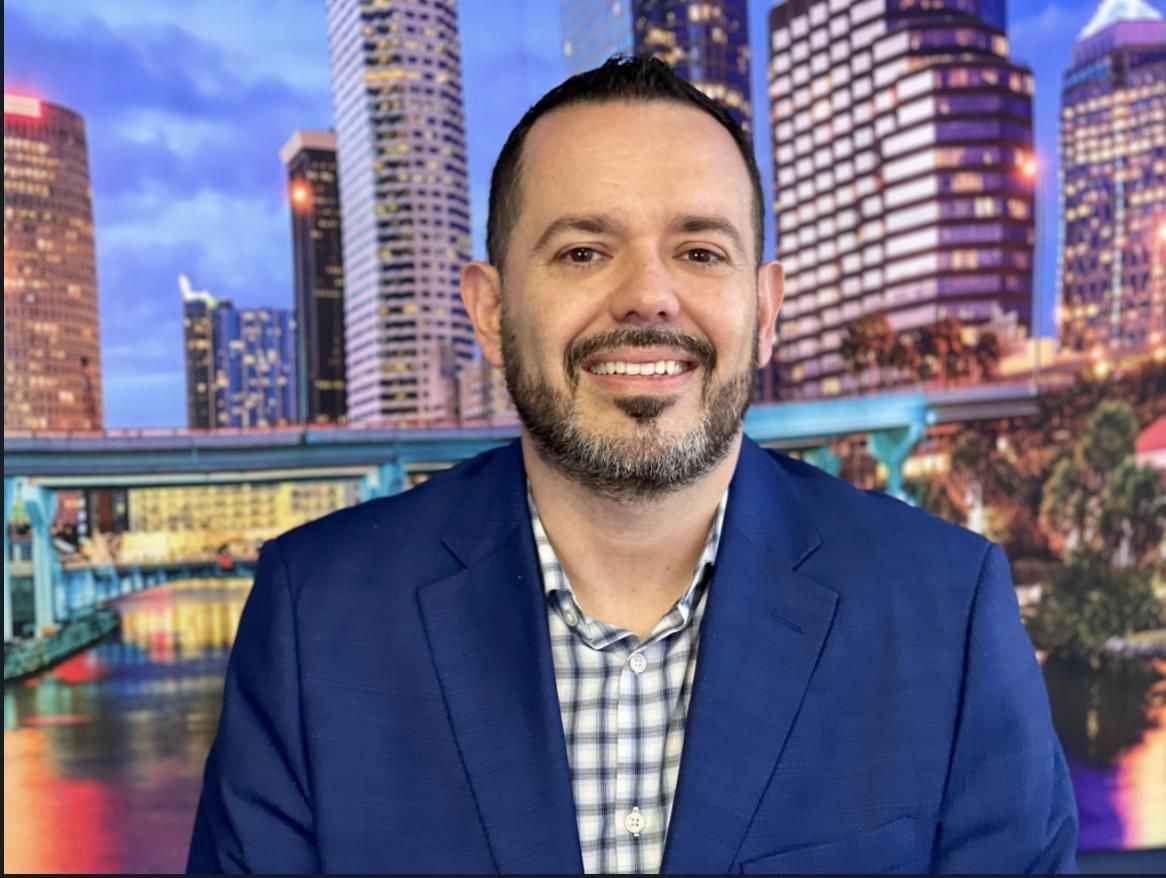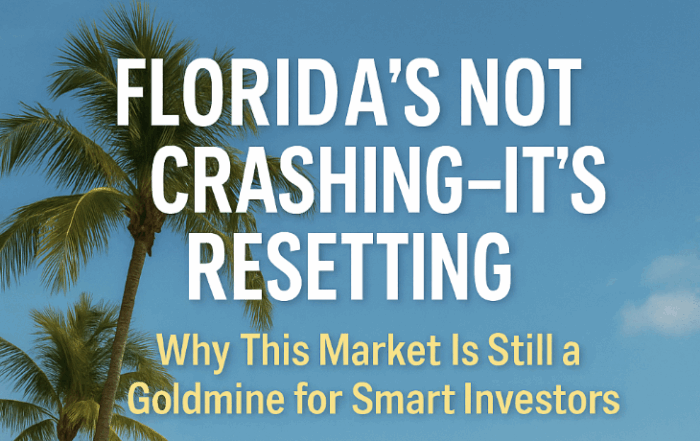
Tampa's Evolving Hurricane Landscape: Navigating the 2025 Season
Tampa’s Evolving Hurricane Landscape: Navigating the 2025 Season
Tampa, Florida—once considered sheltered from direct hurricane hits—has seen a reality shift in recent years. The 2024 season proved the city’s fabled “hurricane bubble” is more myth than meteorology. As we move into 2025, residents, investors, and decision-makers must reassess their storm risk mindset and reinforce their preparedness plans.
A Historical Glimpse: Tampa’s Hurricane Track Record
Historically, direct hurricane strikes in Tampa have been rare. The last major storm to hit the area was the 1921 Tampa Bay Hurricane—a Category 3 that left a serious mark on the region’s coastline. Over the following decades, Tampa dodged one bullet after another. This string of near-misses helped fuel the legend of a protective bubble around the city.
The 2024 Wake-Up Call: Hurricanes Helene and Milton
That legend took a hit in 2024. First came Hurricane Helene, a Category 2 storm that slammed the region with heavy rains, powerful winds, and flooding. Just two weeks later, Hurricane Milton—a Category 4 beast—delivered a punishing blow with record-breaking storm surge and destructive gusts. The back-to-back storms left behind a battered city and billions in damages, ending any illusions of immunity.
Why Tampa’s Hurricane Risk Is Rising
Several key factors are turning up the heat on Tampa’s storm outlook:
- Climate Change: Warmer oceans fuel stronger storms. Rising sea levels also amplify storm surge threats, putting coastal areas like Tampa at greater risk.
- Atmospheric Shifts: Weather patterns like the El Niño–Southern Oscillation (ENSO) impact storm formation. Neutral or La Niña years typically bring more Atlantic hurricanes. Forecasts suggest 2025 may fall into this more active zone.
- Urban Sprawl: Tampa’s growth has pushed homes and infrastructure into low-lying, flood-prone zones. Natural barriers like mangroves and wetlands have been reduced, weakening storm defenses.
What the Experts Say About 2025
Forecasters expect a “near-average” hurricane season with around 12 named storms and five hurricanes. But don’t let “average” fool you—just one storm can cause major damage if it hits the right (or wrong) spot. Tampa’s risk remains high due to geography and development patterns.
What This Means for Real Estate Investors
Tampa’s shifting hurricane dynamics carry big implications for property investors:
- Risk Recalibration: Investors need updated models that account for elevation, proximity to flood zones, and construction standards.
- Rising Insurance Costs: Expect higher premiums. Look for coverage that includes wind and flood damage, and factor costs into ROI projections.
- Property Resilience: Homes with impact windows, elevated foundations, and reinforced roofs are better suited for storm-prone regions.
- Market Trends: Properties built to weather storms may become more desirable, boosting long-term demand and potential appreciation.
Community Resilience Starts at Scale
Preparing at the individual level helps—but full resilience requires a collective effort:
- Infrastructure Upgrades: Stronger power grids, stormwater systems, and reinforced public buildings are critical.
- Emergency Planning: Cities need comprehensive evacuation plans, community drills, and public education.
- Environmental Restoration: Restoring wetlands and mangroves adds natural protection against storm surges.
- Updated Codes and Zoning: Stronger building codes and smart zoning laws can reduce future damage.
Tech to the Rescue
Technology is changing how we prepare for and respond to hurricanes:
- Early Warning Systems: Satellite models are more accurate, giving extra time to act.
- Mobile Alerts: Apps and social platforms offer real-time updates, evacuation info, and emergency resources.
- Smart Infrastructure: Think flood sensors, automated drainage, and buildings designed to flex—not fall.
- AI & Drones: After storms, drones powered by AI can assess damage fast, helping insurers and cities deploy resources efficiently.
The Hurricane “Bubble” Was Never Real
Many locals have clung to the idea of Tampa’s magical hurricane repellent. But science says otherwise. Tampa has been lucky—geography and storm paths played a role—but luck is no strategy. The 2024 double-whammy proved the city’s long break from direct hits may have created a false sense of safety. Now’s the time to face reality and act.
Strategic Moves for Investors in a Risky Climate
Hurricanes didn’t stop Miami, Houston, or New Orleans from growing—and they won’t stop Tampa either. But smart investing is key.
-
Buy Storm-Ready Homes
Look for:- Elevated foundations
- Impact-resistant windows
- Reinforced roofs
- Proper drainage
-
Explore Insurance Alternatives
- Bundle multiple properties
- Look into private insurance pools
- Self-insure for wind (if risk is low)
-
Pick Resilient Neighborhoods
Favor areas with:- Higher elevation
- Stronger drainage systems
- Newer homes (post-2000 builds)
-
Prepare for Post-Storm Opportunities
Be ready to:- Snag discounted properties from distressed sellers
- Flip homes needing repairs
- Provide short-term housing to displaced residents
Part 2: 2025 Hurricane Outlook – Luck or Lessons?
Tampa’s reputation for dodging storms is legendary. From Charley in 2004 to Ian in 2022, storms keep swerving away at the last minute. Some credit ancient Native American mounds or just good ol’ Tampa luck. But in 2025, that luck is facing real tests from climate change, sea level rise, and population growth.
The takeaway? Hope for the best, prep for the worst. Science can’t predict every path, but trends suggest stronger, wetter, slower-moving storms ahead. Tampa’s shallow bay and coastal development make it especially vulnerable to surge flooding, even from weaker systems.
How Real Estate and Insurance Are Reacting
Even without direct hits, Tampa’s insurance costs are rising fast. Insurers now view Tampa the same way they do Miami—high risk. Premiums are up, and underwriting requirements are tightening.
- Some homes may become uninsurable or too expensive to insure.
- Flood zones may see cooling demand.
- Lenders are starting to scrutinize climate risk in deals.
But demand hasn’t disappeared. In fact, there’s growing interest in storm-resistant homes that could fetch higher prices. Buyers now ask about generators and hurricane shutters, not just granite countertops.
Tips to Ride Out the Storm (Financially and Literally)
- Have a Plan: Know your evacuation zone, prep your supplies, and keep gas in the car.
- Review Your Insurance: Understand what’s covered and what’s not.
- Reinforce Your Home: Upgrade windows, doors, roofs, and landscaping to storm-safe standards.
- Buy Smart: Prioritize higher ground and code-compliant properties.
- Budget for Storms: Include potential repair costs and vacancy periods in your projections.
- Stay Informed: Follow trustworthy forecasts—not Facebook panic posts.
Final Thoughts: Tampa’s Real Estate Future
Tampa isn’t doomed—it’s adapting. The myth of the “hurricane-free zone” is fading, but with the right mindset, Tampa can thrive. Investors who understand and prepare for these evolving risks will be ahead of the curve.
You don’t need a crystal ball—just a solid plan.
Stay informed. Stay proactive. And don’t bet on luck alone.
Pick your expert. Book your free 15-minute consult now. We are here to help!
Our Top Articles
The Power of Home Equity: Utilizing Your Property’s Value
allanmcnabb2025-07-01T20:40:35+00:00July 1st, 2025|Comments Off on The Power of Home Equity: Utilizing Your Property’s Value
Your home is more than just a place to live; it’s one of the most significant financial [...]
Protected: Here’s How to Get Assignment Fees Financed (Even When Lenders Push Back)
Jorge Vazquez2025-07-01T20:45:37+00:00June 30th, 2025|Comments Off on Protected: Here’s How to Get Assignment Fees Financed (Even When Lenders Push Back)
This content is password protected. To view it please enter your password below: Password:
Florida’s Not Crashing—It’s Resetting: Why This Market Is Still a Goldmine for Smart Investors
Jorge Vazquez2025-06-28T22:52:38+00:00June 28th, 2025|Comments Off on Florida’s Not Crashing—It’s Resetting: Why This Market Is Still a Goldmine for Smart Investors
The so-called "decline" in Florida’s housing market is nothing like 2008. Back then, we were dealing [...]
Property Profit Academy:
✔ Learn to buy properties with little to no money down.
✔ Build a $10M portfolio step by step.
✔ Master strategies like BRRRR and house hacking.








